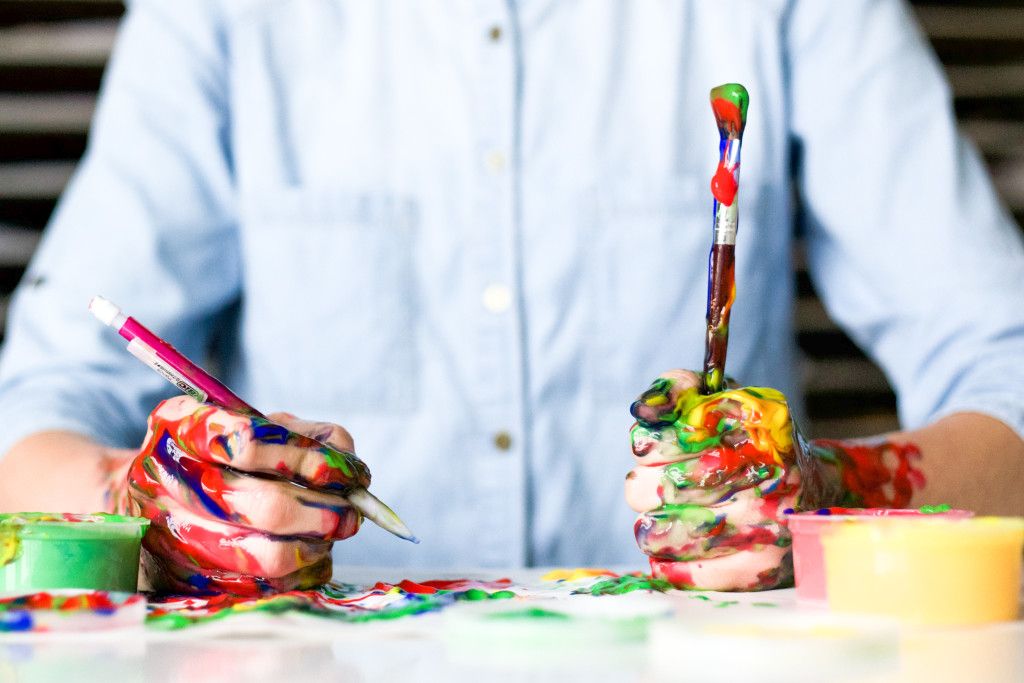Collecting art is a wonderful hobby that can also represent a smart investment for your future. Unfortunately, as art collecting has become more popular, there has been a rise in the number of fraudulent art dealers who are selling forgeries and identifying them as original pieces of art. Victims of art fraud are not only disappointed to find out that they do not have the work that they intended to purchase – they also lose a significant amount of money. If you have been a victim of art fraud, there are legal steps that you can take to recover your damages, and the experienced art fraud attorneys at the Philadelphia law firm of Bochetto & Lentz can help.
There are a number of reasons that you may suspect that you have been the victim of art fraud, and a number of methods that you can use to determine the authenticity of a piece of art. Forgers are becoming more and more adept at creating fake art for unsuspecting buyers, so it is important that you are familiar with what to look for in order to protect yourself. You also need to take care that art that you are purchasing has not been previously stolen. You can do this by searching one of the many stolen art databases that exist, including the one run by the International Foundation for Art Research.
In terms of protecting yourself, you can avoid fraud by making sure that you are well educated about any artist whose work you are purchasing. The more you know about their style, their subjects, their signature and other details, the better able you will be to spot variations that are indications of unethical behavior. Short of a seller providing you with indisputable proof of a piece of art’s provenance, here are five signs to watch out for that can tell you if you have been the victim of art fraud:
- New frames that have been made to look antique in order to make them appear to be the same age as an antique painting.
- If there is paper glued over the back of a painting, it may have been placed there in order to mask signs of fraud such as the age of a canvas or the fact that it is not in the correct condition or type of canvas that a specific artist would normally use.
- Some fraudulent art dealers will try to dispel your suspicions by providing a certificate of authenticity, but you need to know what to look for on those too.
- If a painting has clean edges on its canvas or board, with no overhanging paint, it may mean that it was produced mechanically.
- The signature can tell a great deal about a piece of art. If it looks inconsistent with the art, or is shaky or rigid, there is good reason for concern.
If you are uncertain about authenticity before you purchase a piece of art, it is a good idea to take a step back and do more research. If you believe that you have been a victim of art fraud, contact the attorneys at Bochetto & Lentz and learn more about how we can help.


